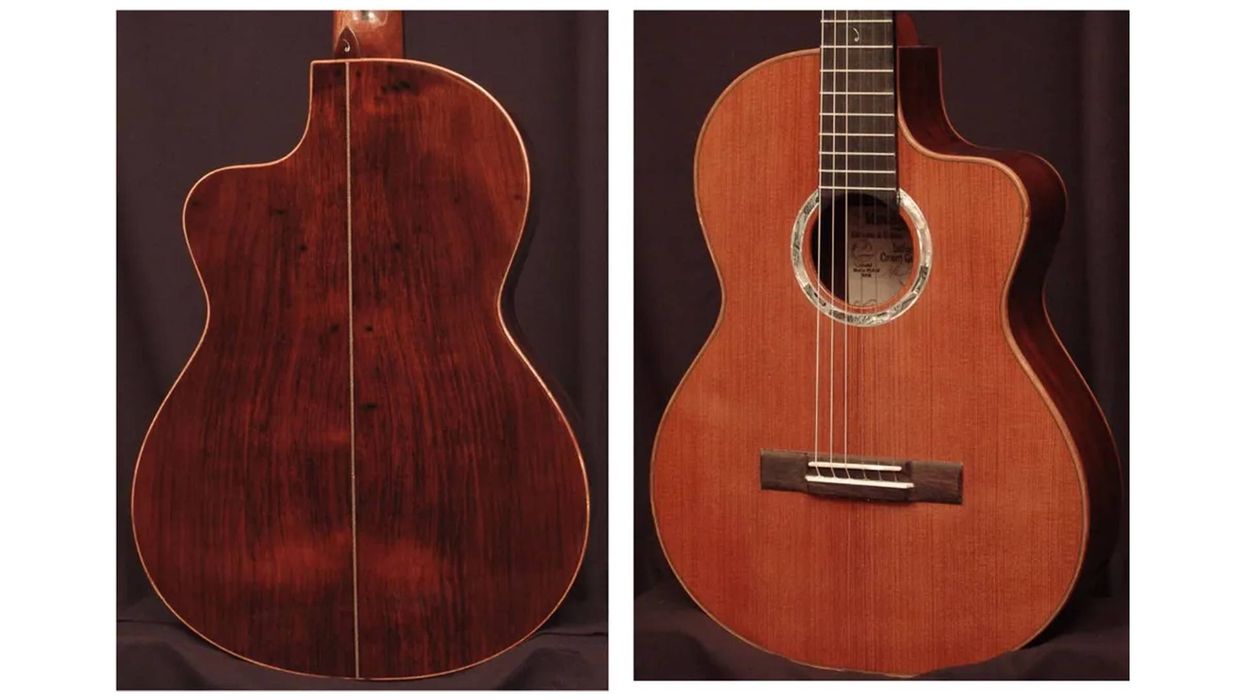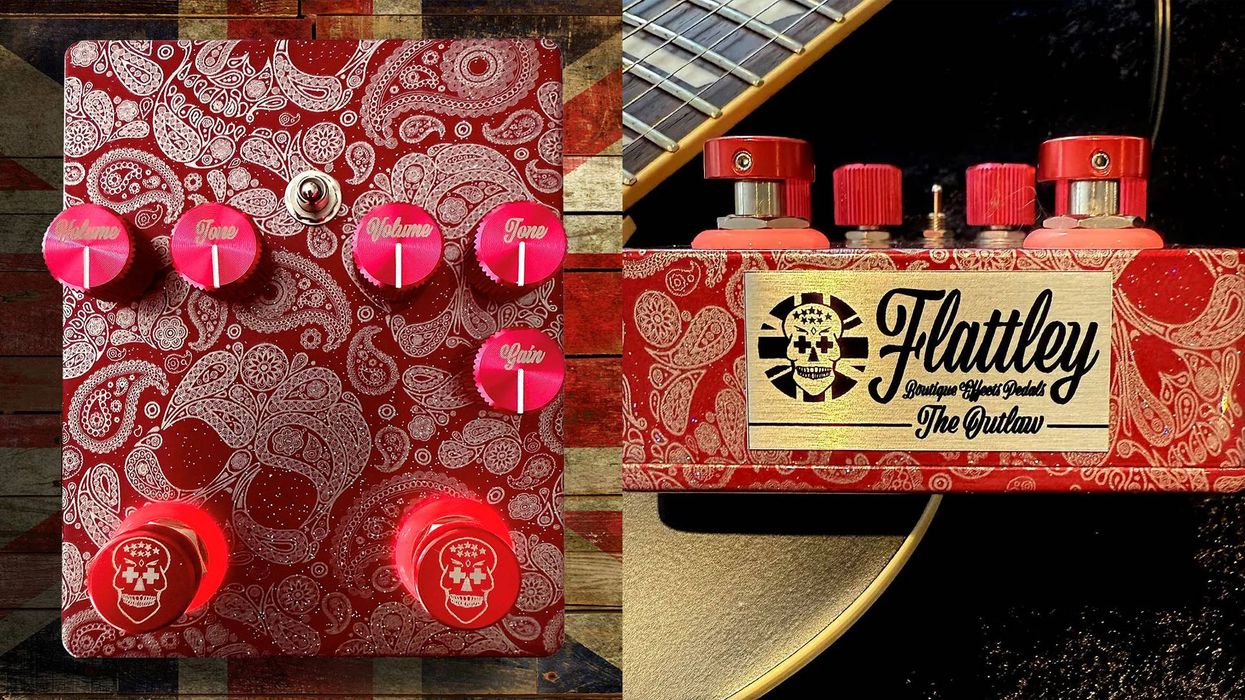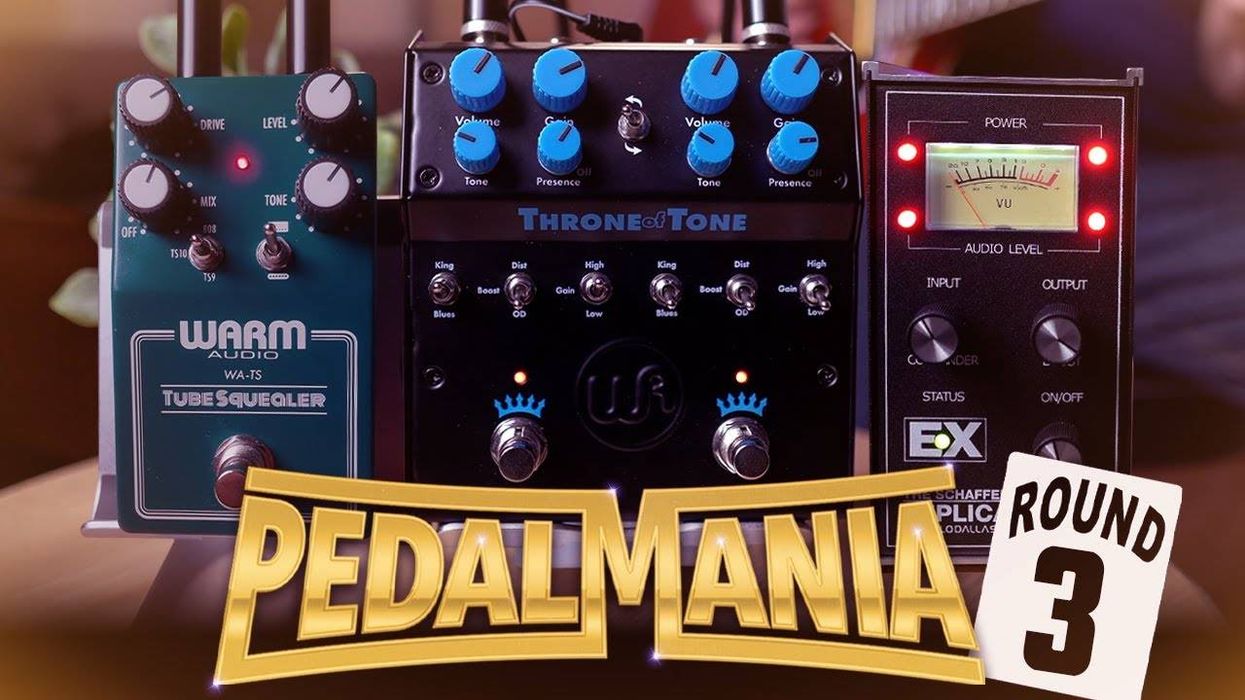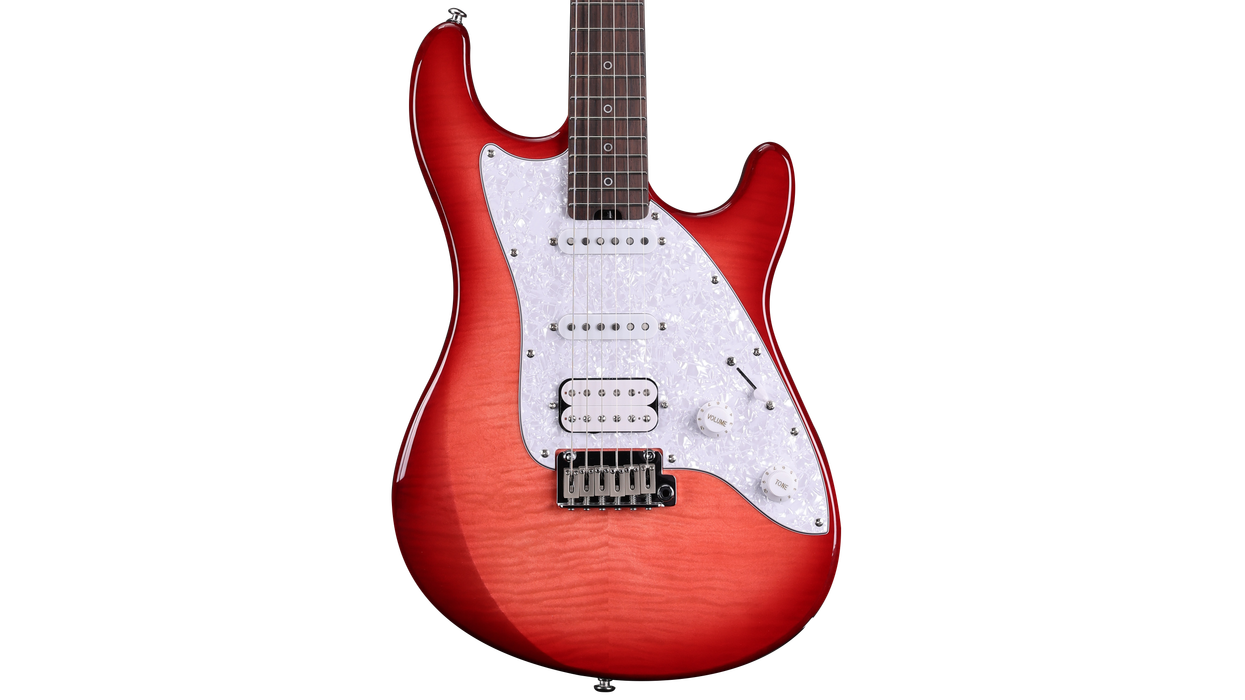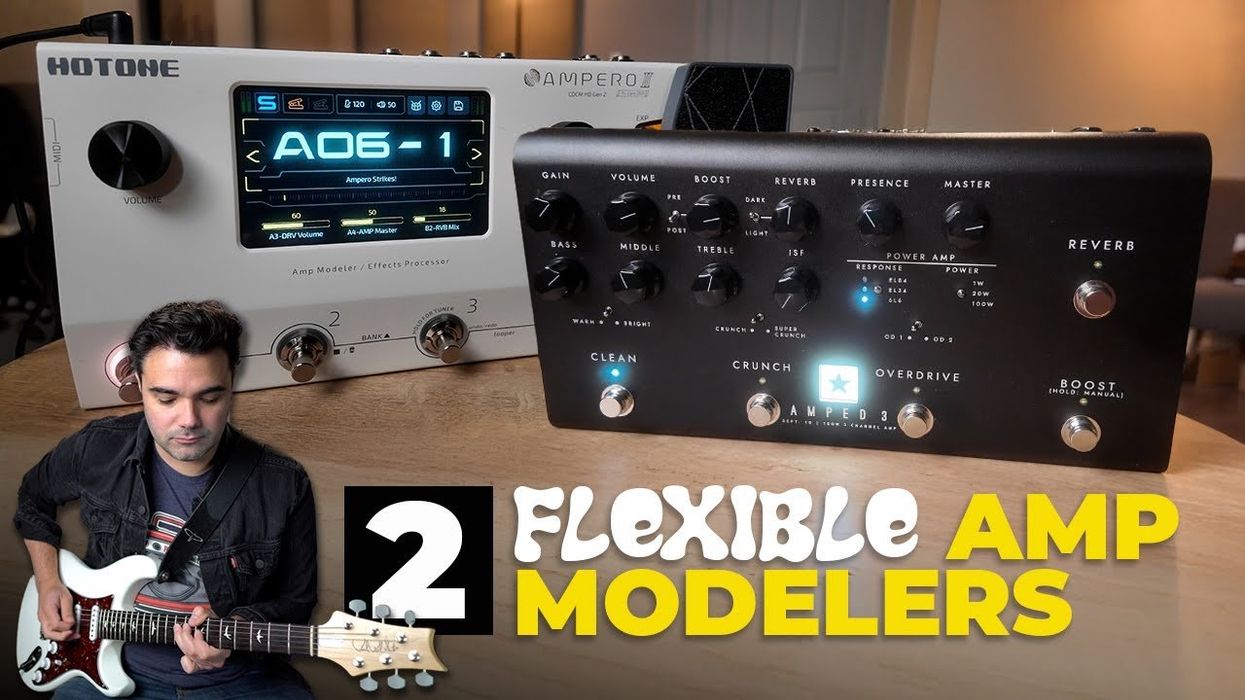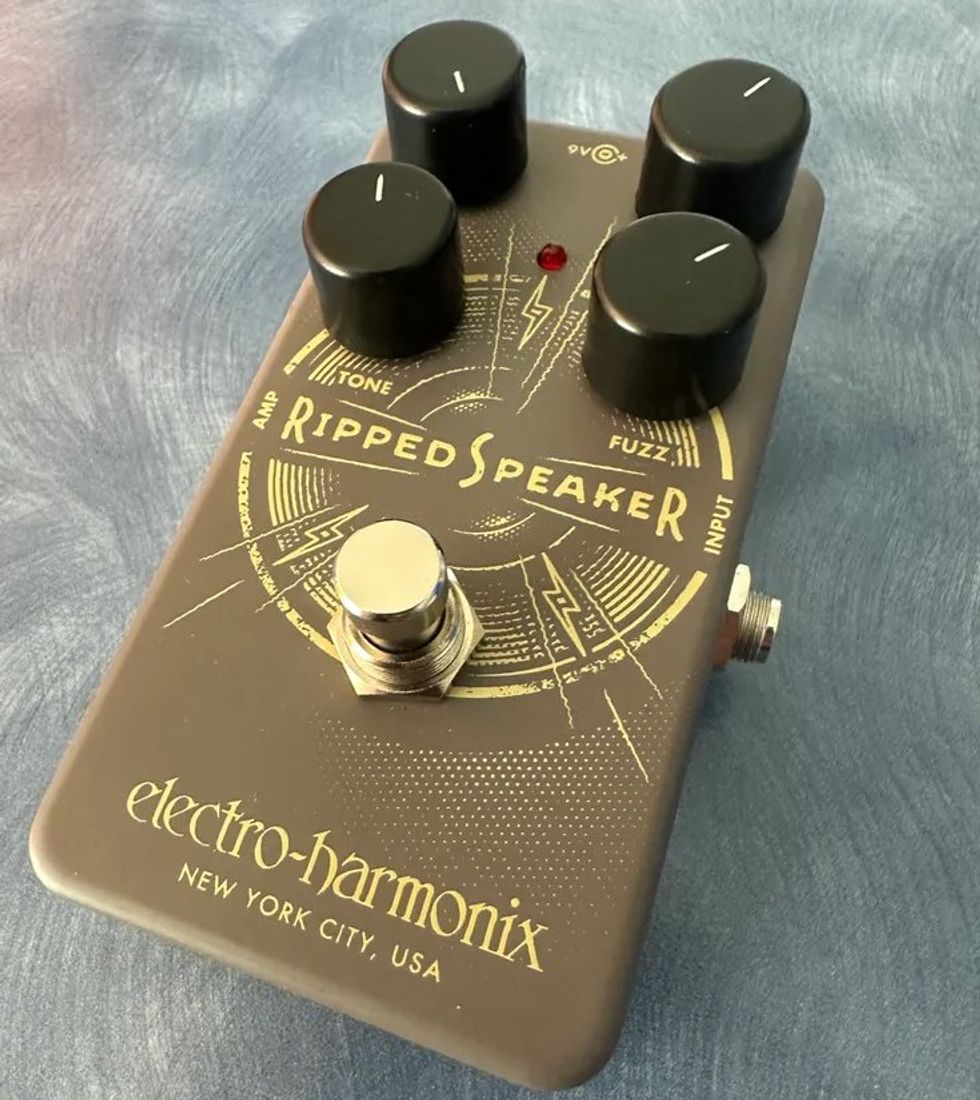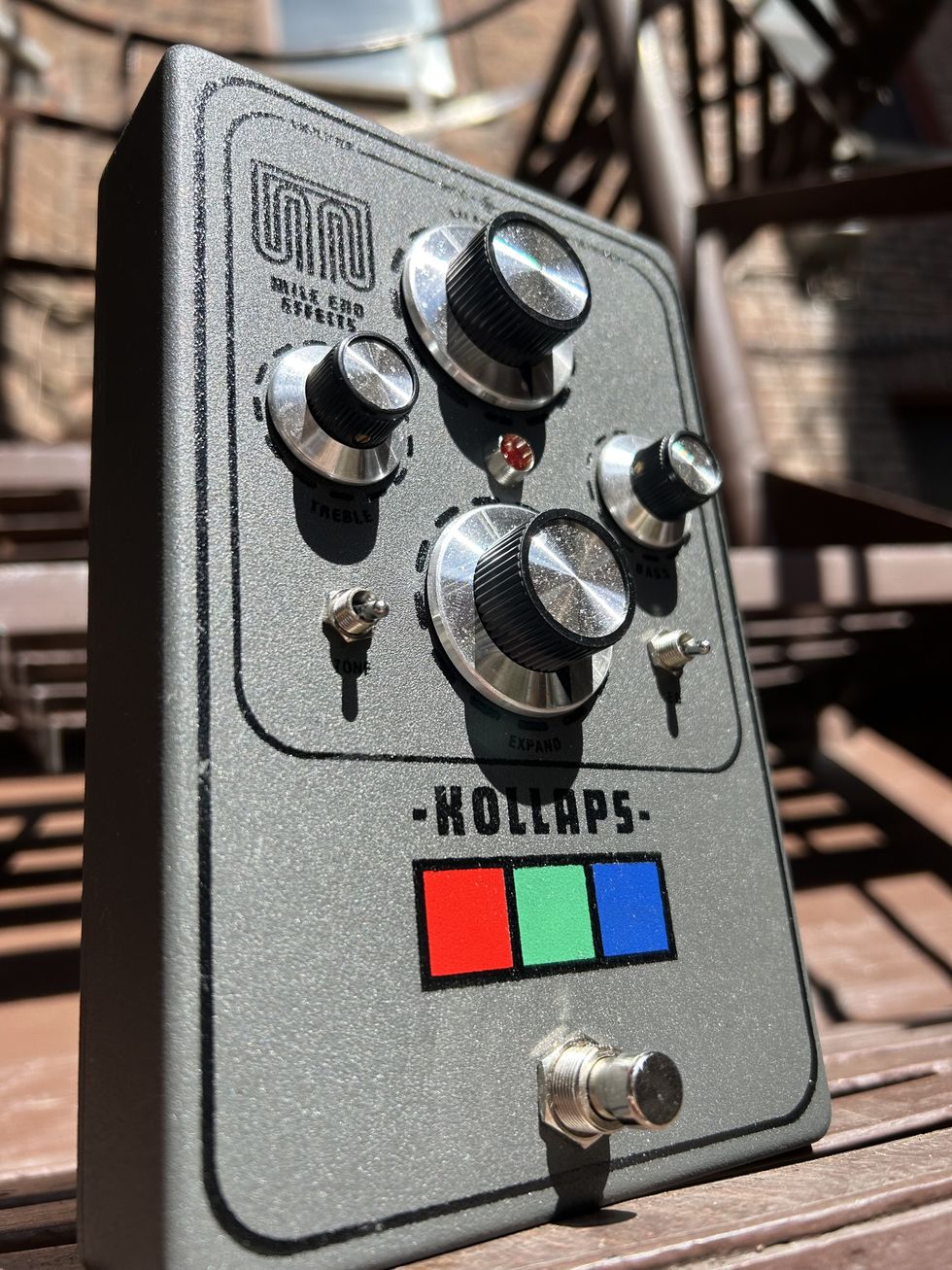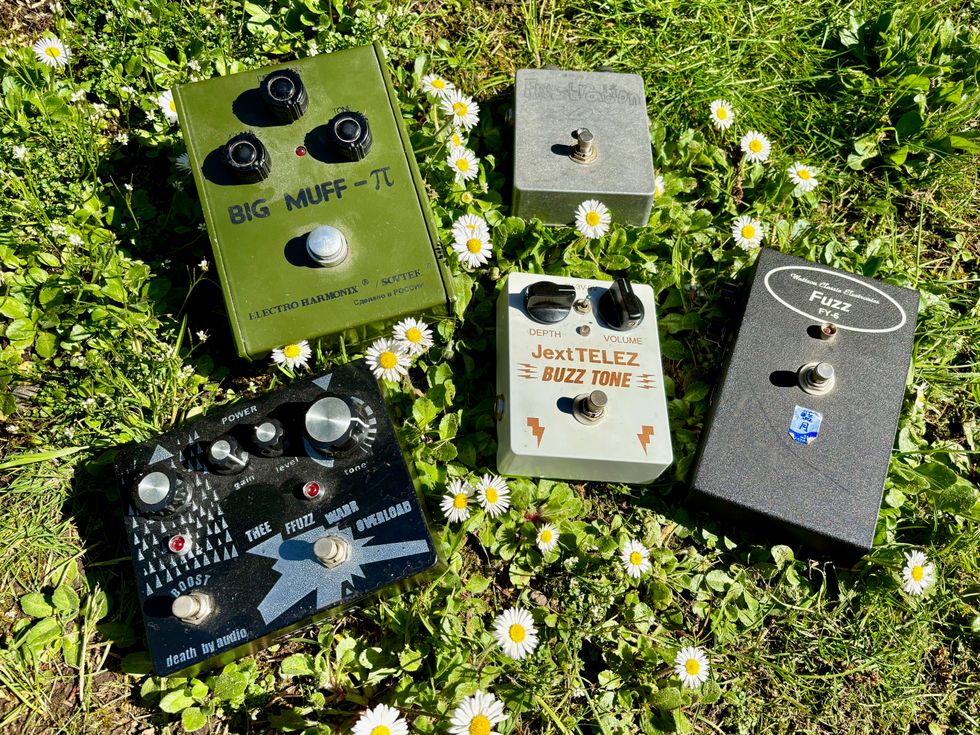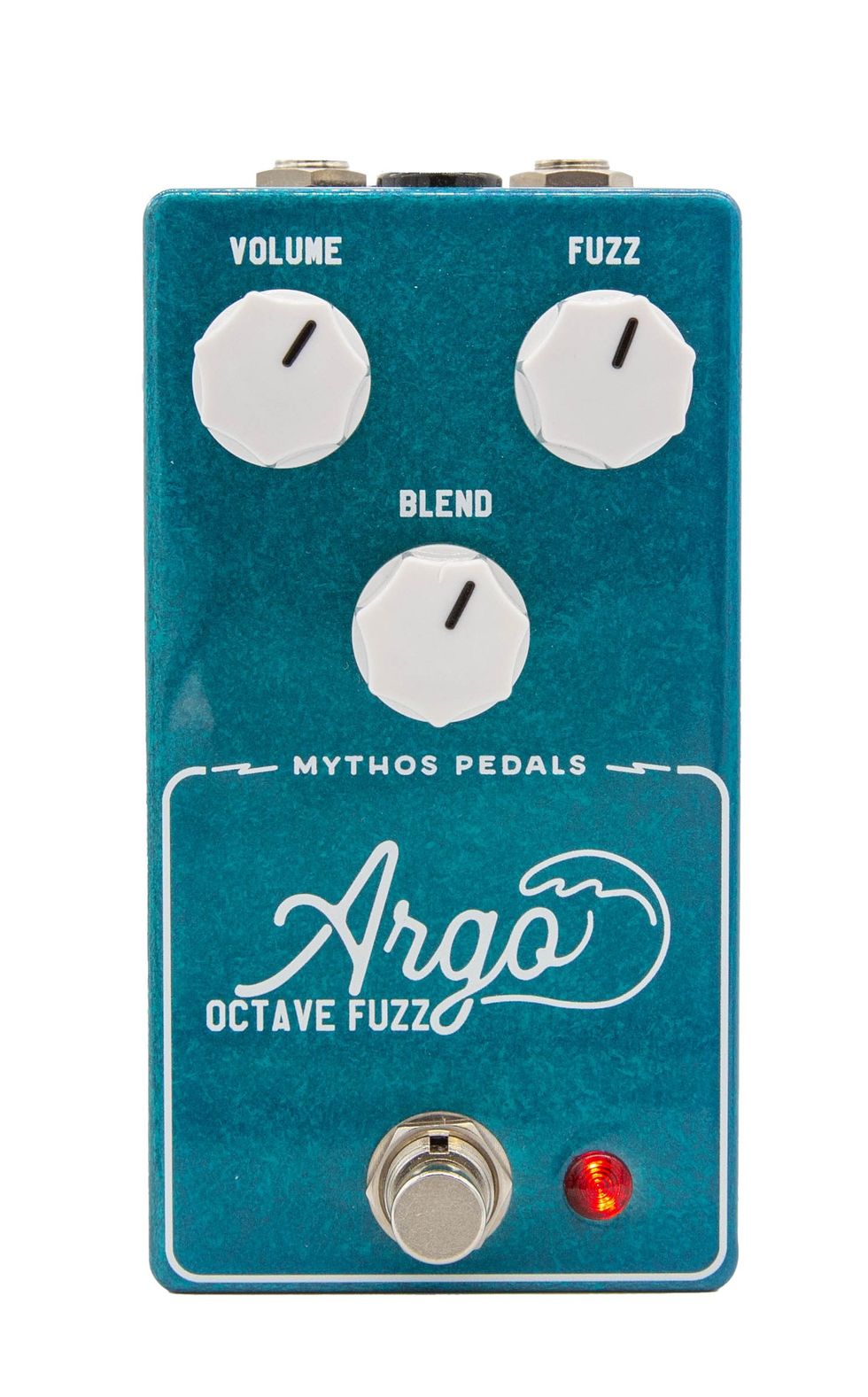Let’s begin with some context: I could be mistaken about anything and everything I write here. People far smarter than me have made much graver mistakes on matters far more serious than guitar pedals. Nobody is saving whales here, so the worst that can happen is that you take my advice, discover it sounds terrible in practice, and go back to doing things the old way. All you’ll have lost is time—and because you’re reading this, you’re interested in wasting some of that anyway. So let’s have some fun, shall we?
Pedals at a premium. For some curious reason, I’ve been asked to speak about the business of guitar pedals to students, entrepreneurs, and even Congressmen (well, mostly their staff and interns). I like to perform a little exercise where I ask them to name products made in Switzerland for which consumers will pay a premium. In the time it takes for a habitual cocaine user to deny having a problem, the answers come fast and furious: watches, chocolate, knives, money laundering, tax shelters, and so on.
Primed to think about the topic, they’re then asked to name products where consumers will pay a premium for American manufacture. In venues with subpar pest management, you can actually hear crickets. While replies such as “pornography” and “smartphone apps” are contentious answers that depend on your definition of manufacturing, the correct answers that emerge (after much furrowing of brows and the occasional clumsy defense of global “free” trade) resemble an acceptable topic list for a bro-country radio station: guns, trucks, motorcycles, guitars, and guitar-related stuff.
While the overwhelming majority of consumer electronics are now produced in whatever countries are most willing to forsake the living standards of its citizenry, the modern stompbox game has become that rare and precious industry where consumers value American production and design and will pay a premium for it. They’ve become part of a high-end cluster that includes such items as Italian sports cars, French fashion, and Canadian bacon—products that define their industries and contribute to national cultures through fine craftsmanship, attention to detail, and unequalled quality.
This begs the question: With all this stateside expertise, an audience willing to pay a premium, and potential innovations in craft and design, why do so many people use valuable physical and sonic real estate on basic, redundant overdrive pedals?
Redundancy rock. My hand-drawn Image 1 depicts the right-hand side of 75 percent of pedalboards I see posted to social media, with three redundant soft-clipping overdrives lined up in series. By simple logic, three different pedals should yield seven distinctly different tones: pedals A, B, or C independently, combinations of A+B, A+C, or B+C, and the final combination of all three. And the overdrives always seem to follow a conservative, conventional signal path: None reside later in the chain, nor are they in loops for mixing their signals in parallel.
You might imagine a delicious variety of sounds and textures, but what do we really get? More often than not, we hear three pedals that sound pretty much identical and some vaguely fuzzy stacking. At best, I’ve counted three or four distinguishable tones from performers using setups like this, and I have pretty good ears and some degree of expertise, and I’m actively trying to discern differences between the tones. What do you think the audience is hearing?
More sounds, fewer pedals. Consider an alternate arrangement: By using a relatively high-gain pedal or fuzz and working your volume knob to lower your guitar signal, you can dramatically change your sound and free up real estate on your board. You may even find yourself (gasp!) using that tone control you were always leaving on 10 before. Gain is, by definition, a ratio of output voltage to input voltage, and your guitar’s volume control is a voltage divider, so you can dramatically alter that equation and change how a device overdrives and distorts with a simple turn of that knob.
Another benefit of this arrangement is freeing yourself from always having to direct attention at your pedals for dynamic changes, which lets you to reconnect with your audience. Believe it or not, they aren’t watching and listening to your performance for your pedalboard tap dancing. While your gorgeously arranged pedalboard is either invisible or uninteresting to most spectators, your presence and playing always has the potential to matter. Perhaps by taking some pedals away, you can focus on your hands rather than your feet.
“But wait!” you say, “what would I fill those empty spaces on my board with if I didn’t have all those overdrives?” Well, if I tell you now, what will I have to write about next time? In the meantime, go have fun and try something different.



